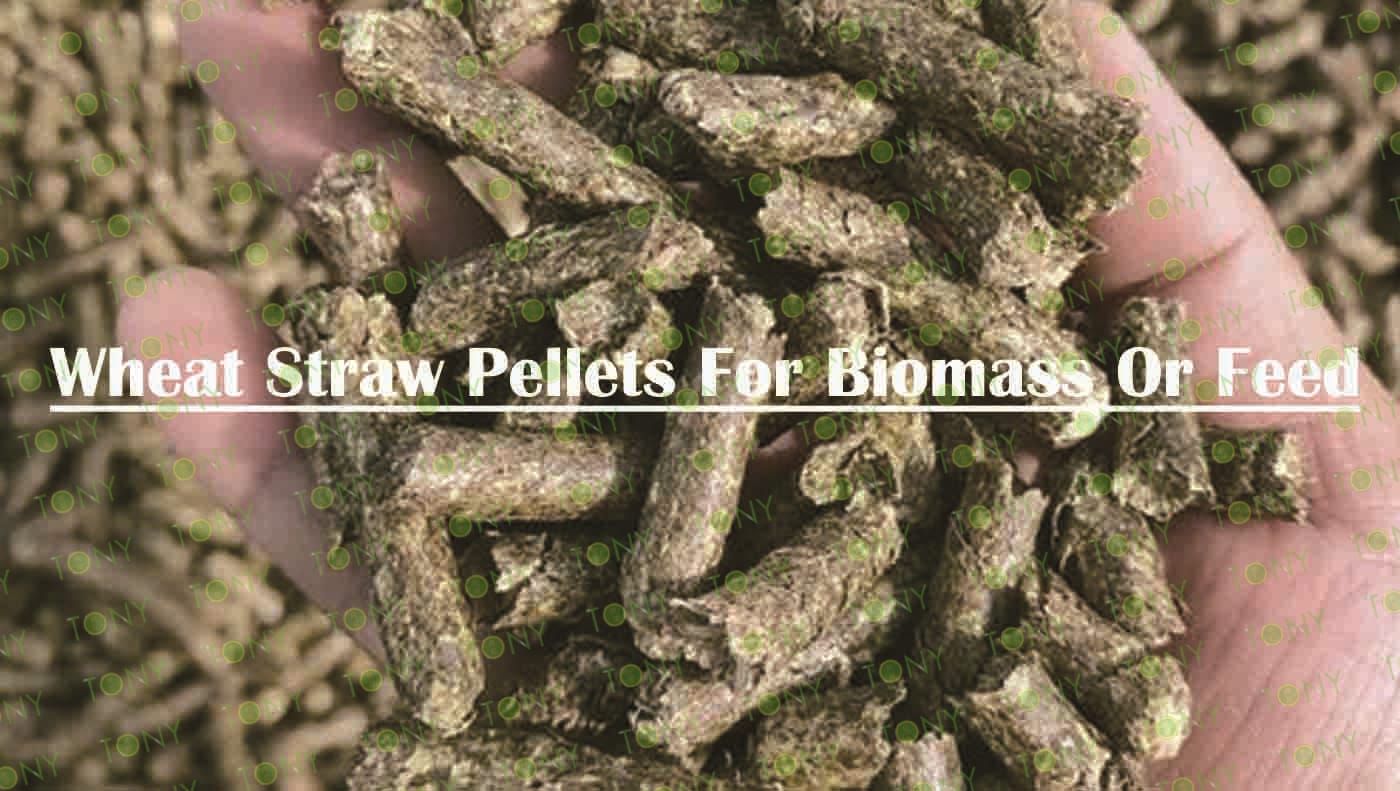The application value of the straw pellet machine lies in the complete chain transformation of straw from "waste" to "treasure", covering multiple fields such as energy, agriculture, and economy, forming a closed-loop utilization from waste to resources.
1. Energy sector: Clean alternative, solving the dilemma of traditional energy
The "biomass pellet fuel" produced by the straw pellet machine is an important clean energy source. Its core value lies in replacing fossil energy (such as coal, natural gas) and non-standard biomass fuels (such as scattered burning of straw), achieving an optimized energy structure.
Replacing fossil energy: The calorific value of the biomass pellet fuel is approximately 4000-4500 kcal/kg, close to medium-quality coal (5000 kcal/kg), which can be directly used in industrial boilers, residential heating, power generation, etc. Compared with coal combustion, its SO₂ emissions are only 1/10 of coal, NOₓ emissions are about 1/2 of coal, and the dust emissions are lower, significantly reducing acid rain and haze air pollution.
Standardized biomass utilization: The traditional scattered burning of straw has an efficiency of only 20%-30%, with large smoke and severe pollution; while the pellet fuel combustion efficiency is over 80%, and the flue gas can be simply treated to meet the emission standards, solving the pain point of "clean utilization of biomass energy".

2. Agricultural sector: Circular utilization, activating the agricultural ecosystem chain
The straw pellet machine converts straw into agricultural resources such as feed and organic fertilizer, promoting the circular utilization of agricultural waste and reducing reliance on external resources.
Feed processing: After crushing and granulating the straw, it can be made into silage pellet feed by adding microbial fermentation, with a cellulose conversion rate of over 30%, improving palatability and suitable for ruminant animals such as cattle and sheep. This not only solves the problem of "difficult feeding for livestock" but also reduces the consumption of corn and soybean meal feed grains, lowering the breeding cost.
Organic fertilizer production: The straw pellet can be mixed with livestock manure for fermentation and made into bio-organic fertilizer. Compared with chemical fertilizers, it can increase soil organic matter content (with a 100kg application per mu, the soil organic matter can increase by 0.1%-0.3%), improve soil aggregate structure, and reduce soil compaction and water body eutrophication caused by excessive fertilizer use.
3. Economic value: Stimulating the industrial chain, assisting rural revitalization
The application of the straw pellet machine has driven the development of the straw collection, storage, and transportation, as well as the processing, sale of pellets, fuel, and feed, creating economic benefits for rural areas.
Income increase for farmers: The profit from processing pellets has increased.
Employment and industrial upgrading: The processing, transportation, and equipment maintenance of straw pellets can absorb rural surplus labor, and at the same time promote the transformation of agriculture from "planting - harvest" to "full industrial chain circulation".





















